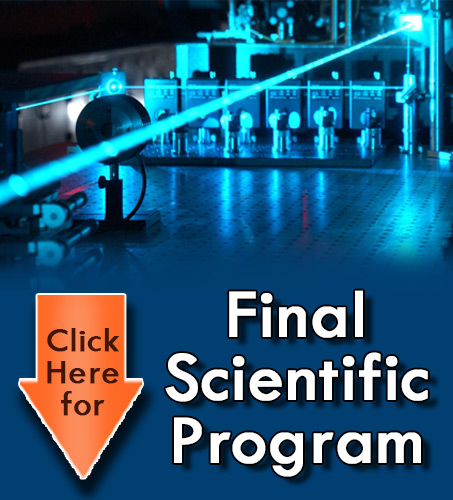
T K Subramaniam
Sri Sairam Engineering College, India
Title: Laser technology to guide rainfall to a particular region
Biography
Biography: T K Subramaniam
Abstract
Rain bearing clouds can be eff ectively guided to a specifi c region during monsoon or other seasons so that rainfall shall be equitably distributed without creating drought situations. Lasers sent into the lower troposphere region with power in Gigawatt ranges, suffi cient to create a temperature and pressure gradient and thereby creating a low pressure area in a specifi c region can invite rain bearing clouds in a region opposite to the heat and pressure gradient created by laser eff ects, so as to bring convective rainfall during a season. Pressure gradient describes the diff erence in air pressure between two points in the atmosphere or on the surface of the Earth. It is vital to wind speed, because the greater the diff erence in pressure, the faster the wind fl ows (from the high to low pressure) to balance out the variation. Satellite based monitoring system of cloud formations can be an eff ective guide to send laser beams in a direction towards the lower troposphere to create convective rainfall into another specifi c region.Laser beams are an attracted means of carrying concentrated power over distance. Hence, we choose a CO2 laser (λ=10.6 μm) whose power is not dissipated by interaction with any gas molecules and so diff raction will not take place. Th e beam stays coherent. Using up CO2 gas will reduce excess carbon emissions on Earth and bring down global warming also.Th us a temperature and a pressure diff erence created by a CO2 laser is enough to invite these clouds to move towards an opposite region and cause rainfall.

